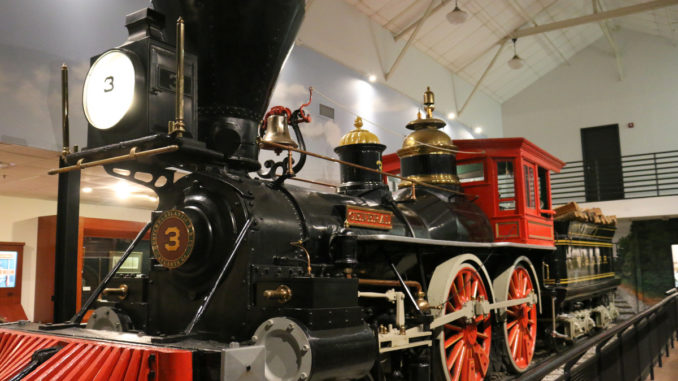
KENNESAW, Ga. — April 12, 1862. It was the one-year anniversary of the start of the Civil War, and the morning passenger train — pulled by the locomotive General — arrived in town.
“For one moment of most intense suspense all was still — then a pull — a jar — a clang — and we were flying away on our perilous journey,” Raider William Pittenger later wrote in one of several accounts he published chronicling The Great Locomotive Chase.
“This capture was a wonderful triumph,” Pittenger wrote. “To seize a train of cars in an enemy’s camp, surrounded by thousands of soldiers, and carry it off without a shot fired or an angry gesture, was a marvelous achievement. There are times when whole years of intense enjoyment seem condensed into a single moment. It was so with us then.”
William A. Fuller, the conductor on the northbound passenger train that morning, led a pursuing party, first on foot, then on a “pole” car and finally by commandeering a number of locomotives. His dogged pursuit of the “engine thieves,” as the Southern press called the Raiders, helped save the railroad from total destruction.
Anthony Murphy, a native of Ireland who was the Western & Atlantic’s repair shop foreman in 1862, joined William Fuller in pursuing the General during the 1862 Great Locomotive Chase, which ended just north of Ringgold, Ga.
Today, the raid is a mere bookmark in the history of the Civil War and the General sits idle – an exhibit in the Southern Museum of Civil War and Locomotive History – yards away from where she was stolen 14 decades ago. The museum, a Smithsonian Institution Affiliate, chronicles the chase through film, reproductions and exhibits, including the famous locomotive.

8 Trackbacks / Pingbacks
Comments are closed.